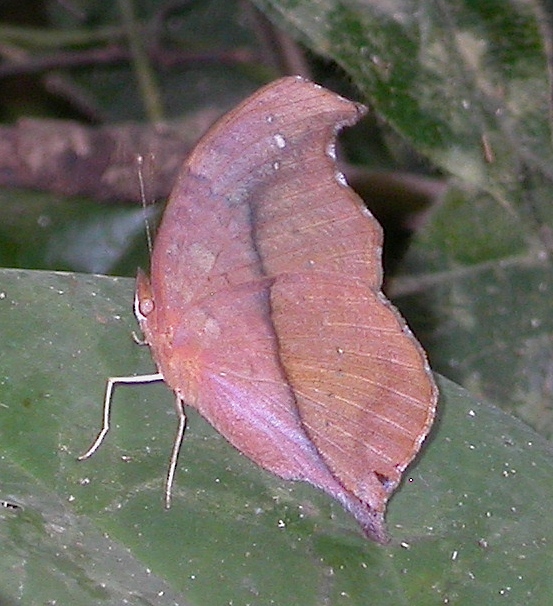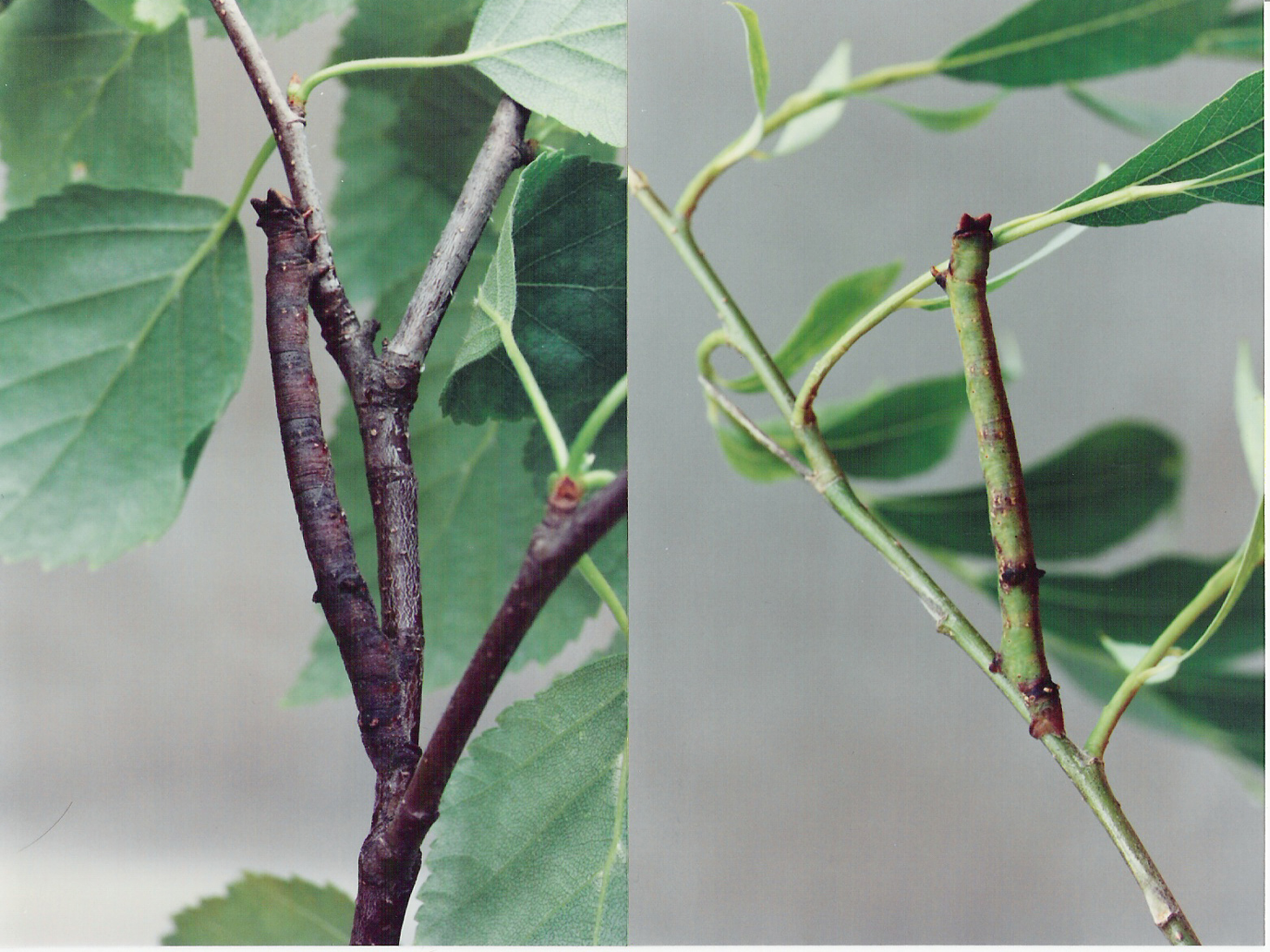|
Precis (butterfly)
''Precis'' is a genus of nymphalid butterflies that Jacob Hübner described in 1819. They are commonly known as commodores and are found in Africa. Two species are endemic to Madagascar. Description ''Precis'' are medium-to-large butterflies (wingspan up to 5 cm). The upperside ground colour is black with white, pink, green, or blue spots and bands, the upperside may also have a brownish ground colour. The wings often have eyespots. The outer wing margins are wavy and toothed or scalloped. Several species occur in multiple colour forms (morphs). They tend to have distinct rainy-season and dry-season forms, that of the gaudy commodore being the most extreme. Transitional forms are also known. Biology ''Precis'' are savannah species. They are good fliers. The larvae feed on Lamiaceae. Taxonomy The genus ''Precis'' is closely allied to ''Junonia''. The two genera differ in the structure of their genitalia and larval food plant choice. The type species of the genus is '' Prec ... [...More Info...] [...Related Items...] OR: [Wikipedia] [Google] [Baidu] |
Precis Pelarga
''Precis pelarga'', the fashion commodore, is a species of butterfly in the family Nymphalidae which is native to tropical sub-Saharan Africa. Description ''Precis pelarga'' has a wingspan reaching about . The forewings are falcate. A clearer band crosses the forewings and hindwings. This band is orange white in the wet season, bluish white in the dry season (seasonal polymorphism). The basal area of the wings is brown, while the margins are blackish, with a series of small white spots. The undersides of the wings are variegated, with yellowish-brown cryptic colours, mimicking dead leaves. Larvae feed on ''Solenostemon'' and ''Coleus'' (Lamiaceae species). Distribution This species is present in tropical Africa (Senegal, Angola, Zambia, Democratic Republic of the Congo, Uganda, western Kenya, Ethiopia, and Eritrea Eritrea ( ; ti, ኤርትራ, Ertra, ; ar, إرتريا, ʾIritriyā), officially the State of Eritrea, is a country in the Horn of Africa region of Easte ... [...More Info...] [...Related Items...] OR: [Wikipedia] [Google] [Baidu] |
Seasonal Polyphenism
A polyphenic trait is a trait for which multiple, discrete phenotypes can arise from a single genotype as a result of differing environmental conditions. It is therefore a special case of phenotypic plasticity. There are several types of polyphenism in animals, from having sex determined by the environment to the castes of honey bees and other social insects. Some polyphenisms are seasonal, as in some butterflies which have different patterns during the year, and some Arctic animals like the snowshoe hare and Arctic fox, which are white in winter. Other animals have predator-induced or resource polyphenisms, allowing them to exploit variations in their environment. Some nematode worms can develop either into adults or into resting dauer larvae according to resource availability. Definition upright=1.2, Polyphenism in termites A : Primary king B : Primary queen C : Secondary queen D : Tertiary queen E : Soldiers F : Worker A polyphenism is the occurr ... [...More Info...] [...Related Items...] OR: [Wikipedia] [Google] [Baidu] |
Precis Eurodoce
''Precis eurodoce'', the Madagascar commodore, is a butterfly in the family Nymphalidae. It is found on Madagascar Madagascar (; mg, Madagasikara, ), officially the Republic of Madagascar ( mg, Repoblikan'i Madagasikara, links=no, ; french: République de Madagascar), is an island country in the Indian Ocean, approximately off the coast of East Africa .... The habitat consists of forests. References Butterflies described in 1850 Junoniini {{Nymphalinae-stub ... [...More Info...] [...Related Items...] OR: [Wikipedia] [Google] [Baidu] |
Precis Cuama
''Precis cuama'', the paler commodore, is a butterfly in the family Nymphalidae. It is found in the Democratic Republic of the Congo (Shaba), eastern and central Tanzania, Malawi, Zambia, Mozambique and Zimbabwe Zimbabwe (), officially the Republic of Zimbabwe, is a landlocked country located in Southeast Africa, between the Zambezi and Limpopo Rivers, bordered by South Africa to the south, Botswana to the south-west, Zambia to the north, and Mozam .... The habitat consists of savanna and open woodland, especially in rocky areas. Adults are on wing from December to July. References Butterflies described in 1864 Junoniini Butterflies of Africa Taxa named by William Chapman Hewitson {{Nymphalinae-stub ... [...More Info...] [...Related Items...] OR: [Wikipedia] [Google] [Baidu] |
Precis Coelestina
''Precis coelestina'', the ocellated commodore, is a butterfly in the family Nymphalidae. It is found in Guinea, Sierra Leone, Nigeria, Cameroon, Angola, the Central African Republic, the Democratic Republic of the Congo (Kinshasa, Kasai, Sankuru, Lualaba), Uganda, western Kenya, southern Sudan, western Ethiopia and Somalia Somalia, , Osmanya script: 𐒈𐒝𐒑𐒛𐒐𐒘𐒕𐒖; ar, الصومال, aṣ-Ṣūmāl officially the Federal Republic of SomaliaThe ''Federal Republic of Somalia'' is the country's name per Article 1 of thProvisional Constituti .... The habitat consists of semi montane areas. References Butterflies described in 1879 Junoniini Butterflies of Africa Taxa named by Hermann Dewitz {{Nymphalinae-stub ... [...More Info...] [...Related Items...] OR: [Wikipedia] [Google] [Baidu] |
Precis Ceryne
''Precis ceryne'', the marsh commodore, is a species of butterfly in the family Nymphalidae, native to Subsaharan Africa. Wingspan: 40–45 mm in males and 42–50 mm in females. Subspecies *''P. c. ceryne'' – Republic of the Congo, Central African Republic, Angola, Democratic Republic of the Congo, Uganda, Rwanda, Burundi, Ethiopia, Kenya, Tanzania, Zambia, Mozambique, Zimbabwe, Botswana, South Africa, Eswatini *''P. c. ceruana'' Rothschild & Jordan, 1903 – Guinea, Burkina Faso, Ivory Coast, Ghana, Benin, Nigeria, Cameroon Diet Larval food plants include ''Coleus ''Coleus'' is a genus of annual or perennial herbs or shrubs, sometimes succulent, sometimes with a fleshy or tuberous rootstock, found in the Old World tropics and subtropics. The relationship among the genera ''Coleus'', '' Solenostemon'' and ...'', '' Plastostema'', and '' Pycnostachys'' species. [...More Info...] [...Related Items...] OR: [Wikipedia] [Google] [Baidu] |
Precis Archesia
''Precis archesia'', the garden inspector or garden commodore, is a species of butterfly in the family Nymphalidae, native to Subsaharan Africa. Wingspan: 45–50 mm for males and 50–60 mm for females. Flight period is year-round with two main broods between September to March and April to August. Subspecies *''P. a. archesia'' — Kenya, Tanzania, southern Democratic Republic of the Congo, Angola, Zambia to Zimbabwe, Botswana, Eswatini, South Africa: Limpopo Province, Mpumalanga, North West Province, Gauteng, KwaZulu-Natal, Eastern Cape Province, Western Cape Province to the south-east *''P. a. ugandensis'' (McLeod, 1980) — Sudan, Uganda Diet Larval food plants include ''Plectranthus esculentus'', ''Plectranthus fruticosus ''Plectranthus fruticosus'', the forest spurflower, is a species of flowering plant in the mint family Lamiaceae, native to South Africa. Growing up to tall, it is an erect evergreen shrub, with rounded, hairy leaves, and spikes of soft blu ... [...More Info...] [...Related Items...] OR: [Wikipedia] [Google] [Baidu] |
Precis Antilope
''Precis antilope'', the darker commodore, is a species of butterfly in the family Nymphalidae, found in the dry season and is native to Subsaharan Africa. left, The wet-season form (f. ''simia'') from Eritrea The wingspan is 40–55 mm in males and 50–60 mm in females. The flight period is from December to March. The larvae feed on ''Coleus ''Coleus'' is a genus of annual or perennial herbs or shrubs, sometimes succulent, sometimes with a fleshy or tuberous rootstock, found in the Old World tropics and subtropics. The relationship among the genera ''Coleus'', '' Solenostemon'' and ...'' and '' Plastostema'' species. References {{Taxonbar, from=Q7239491 Butterflies described in 1850 Junoniini Butterflies of Africa ... [...More Info...] [...Related Items...] OR: [Wikipedia] [Google] [Baidu] |
Precis Andremiaja
''Precis andremiaja'' is a butterfly in the family Nymphalidae. It is found on Madagascar. The habitat consists of forest margins and anthropogenic environments. ''J. andremiaja'' is said by Mr. Cowan to be "common in houses on warm days". The word ''andremiaja'' seems to be etymologically a Malagasy word. The root -miaja means to honor, to respect while andre-sequence, unknown in Malagasy, can be a strain of Andria- which would give Malagasy Andriamiaja, a fairly common surname. References External linksImagefrom Museum of Comparative Zoology A museum ( ; plural museums or, rarely, musea) is a building or institution that cares for and displays a collection of artifacts and other objects of artistic, cultural, historical, or scientific importance. Many public museums make these ...Identificationfor ''P. andremiaja'maleanfemale Butterflies described in 1833 Junoniini {{Nymphalinae-stub ... [...More Info...] [...Related Items...] OR: [Wikipedia] [Google] [Baidu] |
Precis Actia
''Precis actia'', the air commodore, is a butterfly in the family Nymphalidae. It is found in Angola, the southern part of the Democratic Republic of the Congo, Uganda, Rwanda, Burundi, Kenya, Tanzania, Malawi, northern Zambia, Zimbabwe, and western Mozambique. The habitat consists of ''Brachystegia'' woodland and savanna. Both sexes are attracted to flowers and males also engage in mud-puddling. The larvae feed on ''Platostoma ''Platostoma'' is a genus of flowering plants in the mint family, Lamiaceae, first described as a genus in 1818. It is native to tropical parts of Africa, southern Asia, Papuasia, and Australia. ''Mesona'' and ''Acrocephalus'' has been known as i ...'' species. References Butterflies described in 1880 Junoniini Butterflies of Africa Taxa named by William Lucas Distant {{Nymphalinae-stub ... [...More Info...] [...Related Items...] OR: [Wikipedia] [Google] [Baidu] |
Type Species
In zoological nomenclature, a type species (''species typica'') is the species name with which the name of a genus or subgenus is considered to be permanently taxonomically associated, i.e., the species that contains the biological type specimen(s). Article 67.1 A similar concept is used for suprageneric groups and called a type genus. In botanical nomenclature, these terms have no formal standing under the code of nomenclature, but are sometimes borrowed from zoological nomenclature. In botany, the type of a genus name is a specimen (or, rarely, an illustration) which is also the type of a species name. The species name that has that type can also be referred to as the type of the genus name. Names of genus and family ranks, the various subdivisions of those ranks, and some higher-rank names based on genus names, have such types. [...More Info...] [...Related Items...] OR: [Wikipedia] [Google] [Baidu] |
Junonia
''Junonia'' is a genus of nymphalid butterflies, described by Jacob Hübner in 1819. They are commonly known as buckeyes, pansies or commodores. This genus flies on every continent except Antarctica. The genus contains roughly 30 to 35 species. Description These butterflies are medium to large (wingspan 40–110 mm). The ground colour is brown or grey suffused blue. Spots on the wings are orange, blue or pink and sometimes large. Many of the species can occur in several colour forms. The head is of moderate size with smooth, prominent eyes. The palpi are rather long, sharply pointed, ascending, generally convergent and scaly, sometimes more or less hairy. The antennae are of moderate length, generally with a rather short, abruptly formed club. The thorax is robust, ovate, rather sparingly clothed with hairs. The wing characters are: large, broad, variable in outline. Forewing: costa more or less arched, sometimes very strongly so; apical portion more or less produced, somet ... [...More Info...] [...Related Items...] OR: [Wikipedia] [Google] [Baidu] |


_(2).jpg)
